Nuclear power
Nuclear power brings stability and zero emissions to Herrfors’ electricity production. It serves as baseload power producing electricity steadily around the clock and complementing weather-dependent production methods such as wind and hydropower.
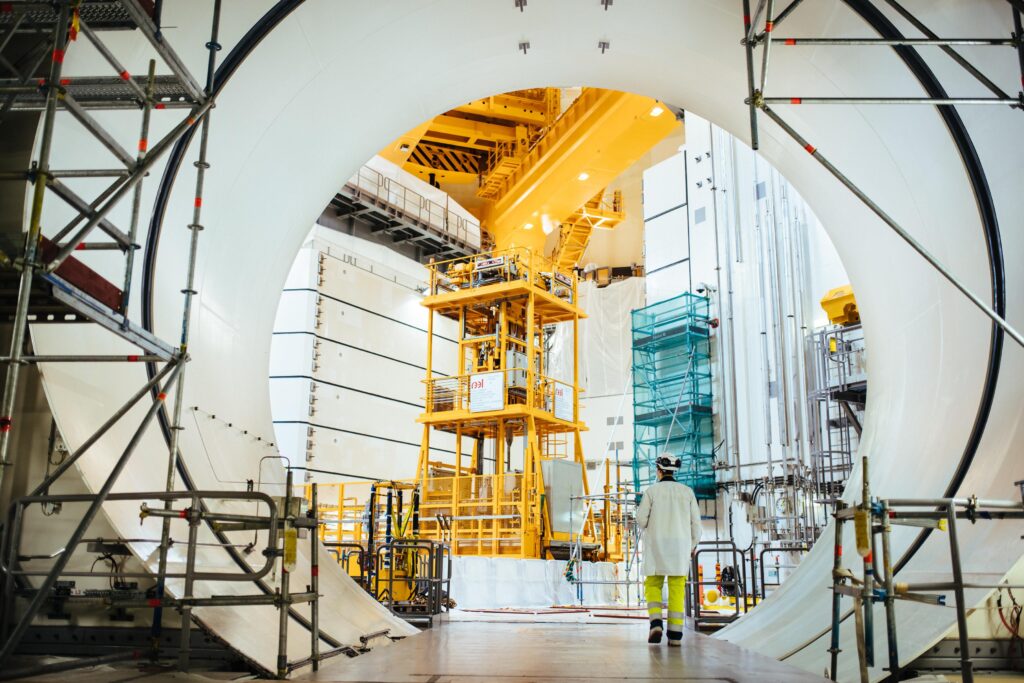
Nuclear power – a zero-emission energy source
Nuclear power is one of the most important forms of zero-emission electricity production and a key part of Finland’s energy system. Nuclear power accounts for about 25 percent of the EU’s electricity production, and in Finland, its share is about one third. Nuclear power plays an important role in society’s efforts to reduce emissions through electrification. Finland has five nuclear power plants two in Loviisa and three in Olkiluoto.
Clean energy
Wind power produces no carbon dioxide emissions or other air pollutants. Wind is an inexhaustible and renewable natural resource.
Low environmental footprint
The life cycle emissions of wind power are very low. Over the entire lifetime of a wind turbine, only a fraction of the emissions produced by fossil fuels are generated.
Local production
Herrfors’ wind turbines are mainly located in Ostrobothnia. The production takes place close to the customers and creates jobs in the region.
How nuclear power works
Fission in the nuclear reactor releases heat, which turns water into steam in the steam generator. The steam spins a turbine that is connected to a generator. The generator converts the kinetic energy into electrical energy. The electricity is transmitted through a transformer to the power grid and then to consumers’ homes and businesses. Nuclear power is low-emission and effectively stabilizes the electricity system.
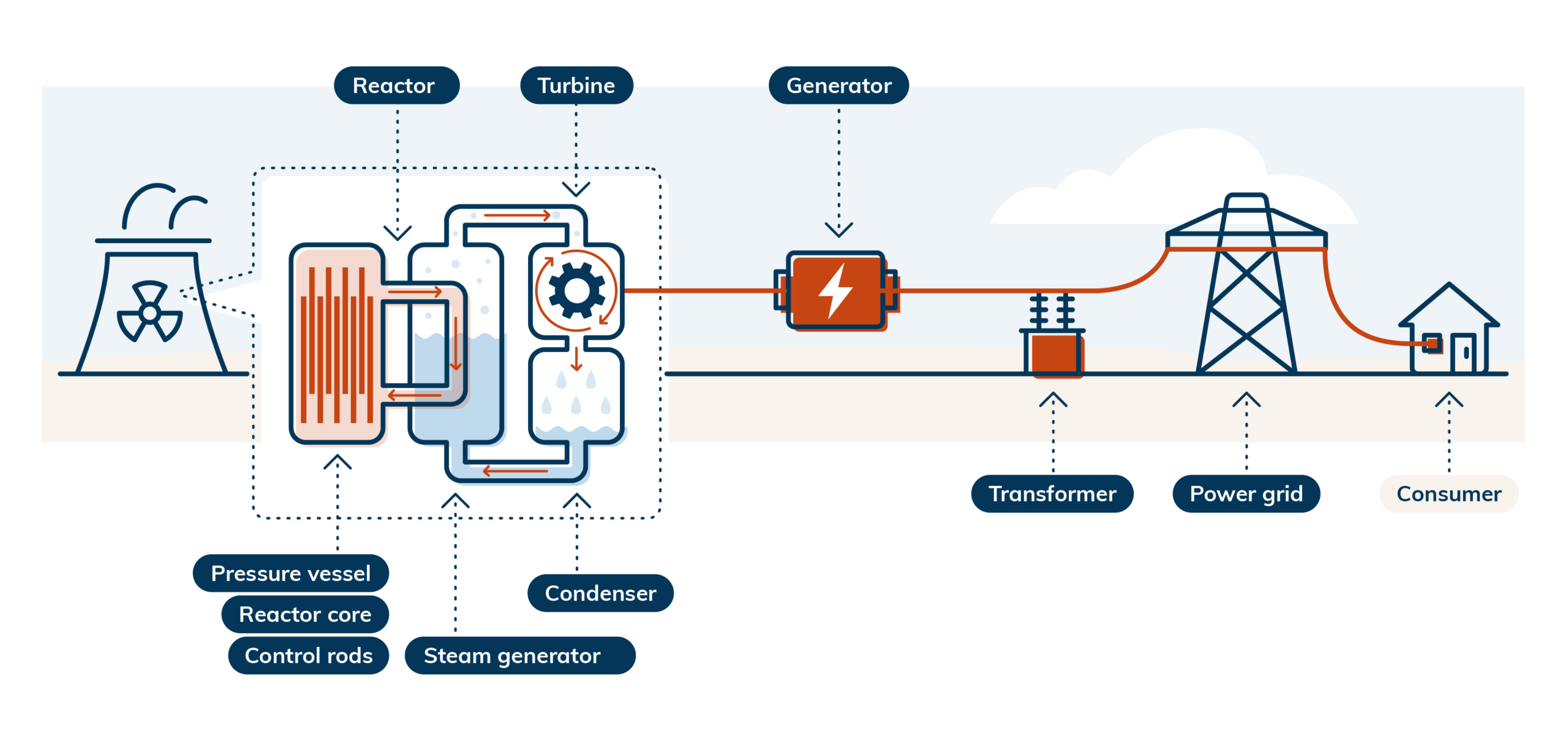
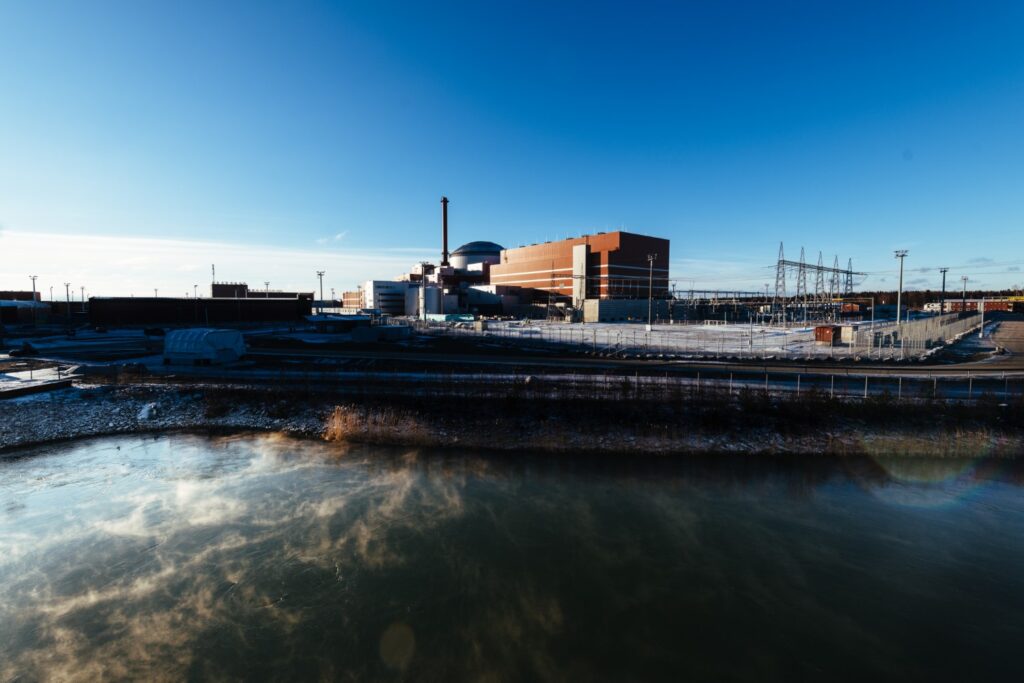
INVESTMENT
The importance of nuclear power for Herrfors
Finland is a highly electricity-intensive country, and as society is becoming rapidly electrified, sustainable electricity production is essential. Security of supply is also extremely important in the energy system. As weather-dependent electricity production, such as wind and solar power, increases, it must be complemented with flexible consumption, energy storage, and other forms of production. Nuclear power is a highly reliable form of production, and the year-round basic electricity demand should be covered by nuclear power. Therefore, nuclear power is a very important addition to Herrfors’ production portfolio.
Fun facts
Facts about Herrfors’ nuclear power
Nuclear power share 11.7%
In 2024, the share of nuclear power in Herrfors’ electricity production was 11.7%. Nuclear power is a significant zero-emission energy source that produces electricity reliably and with low emissions.
Stability for the electricity system
The large and fast-spinning turbines of nuclear power plants produce rotational energy that stabilizes Finland’s electricity grid and prevents frequency fluctuations.
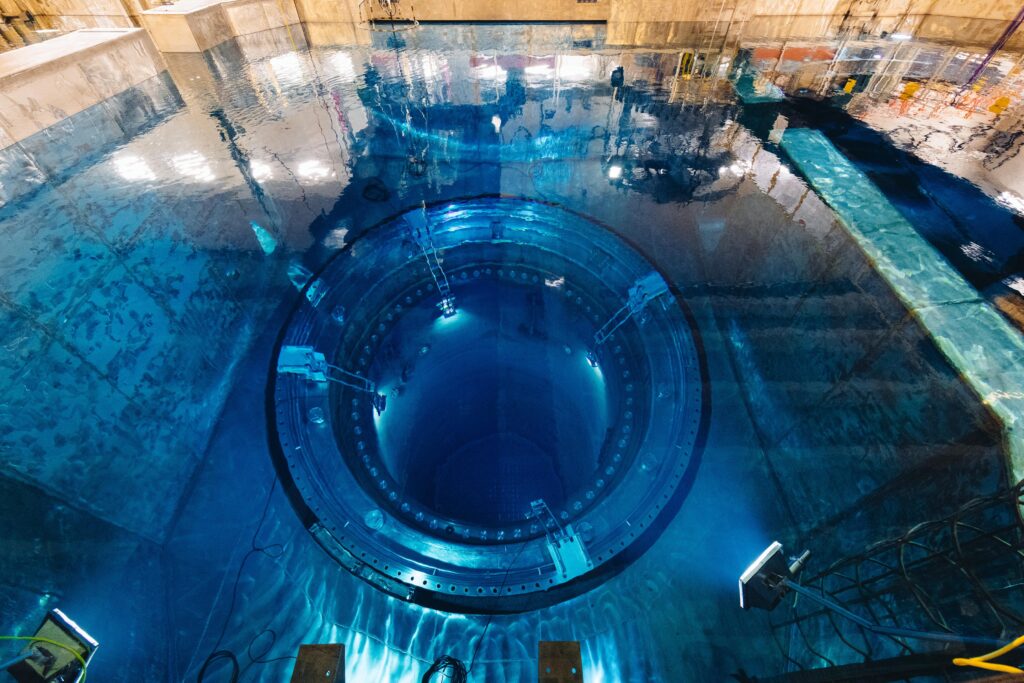
Olkiluoto-1,2,3
Rakennusvuosi / modernisointivuosi: 1978, 1980, 2023
Teho: 890 MW, 890 MW, 1600MW
Herrforsin omistusosuus: 0.2%, 0.2%, 0.2%
Herrfors’ nuclear power is produced in these nuclear power plants
Nuclear power plant in which Herrfors owns a minority share:
- Olkiluoto 1, 2
- Olkiluoto 3
Benefits and challenges of nuclear power
Wind power is an important part of Herrfors’ responsible electricity production. Like all forms of energy production, wind power also has both advantages and challenges. Below are the key points.
Benefits of nuclear power
- Low greenhouse gas emissions
Nuclear power produces only low greenhouse gas emissions, similar to hydropower, wind power, and solar power. - Low life cycle emissions
From a life cycle perspective, nuclear power is one of the electricity production methods with the lowest carbon dioxide emissions. - Stabilizes the electricity system and reduces the risk of disturbances in the electricity grid
The turbines of nuclear power plants are very large, heavy, and fast-spinning, and they stabilize Finland’s entire electricity system through so-called rotational energy. Without nuclear power, the risk of large frequency fluctuations in the electricity grid would increase, which could affect sensitive electrical devices.
Challenges of nuclear power
- Not suitable for rapid production adjustment
Unlike hydropower, nuclear power is not suitable for rapid changes in electricity production. It is therefore difficult to use nuclear power to compensate for fluctuations in weather-dependent wind and solar power or changes in electricity consumption. - Environmental impacts from fuel production
Most of the environmental impacts of nuclear power come from fuel production. Uranium mining causes local changes to the landscape, just like any other type of mining activity. - Radioactive waste requires long-term isolation
Nuclear power operations generate radioactive nuclear waste, which must be safely isolated from nature for over 100,000 years.
Frequently asked questions
Here you can find answers to the most frequently asked questions about nuclear power.
In a reactor, heat is released through fission, which turns water into steam in a steam generator. The steam spins a turbine connected to a generator. The generator converts the kinetic energy into electricity, which is then transferred via a transformer to the power grid and further to homes and businesses.
The nuclear power production process produces no carbon dioxide emissions. Overall, nuclear power is one of the lowest-emission forms of electricity generation, although fuel production and plant construction cause some minor emissions.
In 2024, nuclear power accounted for 11.7% of Herrfors’ total electricity production.

Choose Renewable Electricity – Easy and Responsible
With Herrfors’ Renewable Choice electricity contract, you are guaranteed that the electricity you consume is produced from 100 % renewable energy sources. You can make a climate-friendly choice without compromising on everyday comfort. Renewable Choice is available for all our contract types – pick the one that suits you best and make a sustainable decision.
- 100 % renewable electricity (wind, water, bioenergy)
- Verified origin with Guarantees of Origin
- Local and responsible energy production
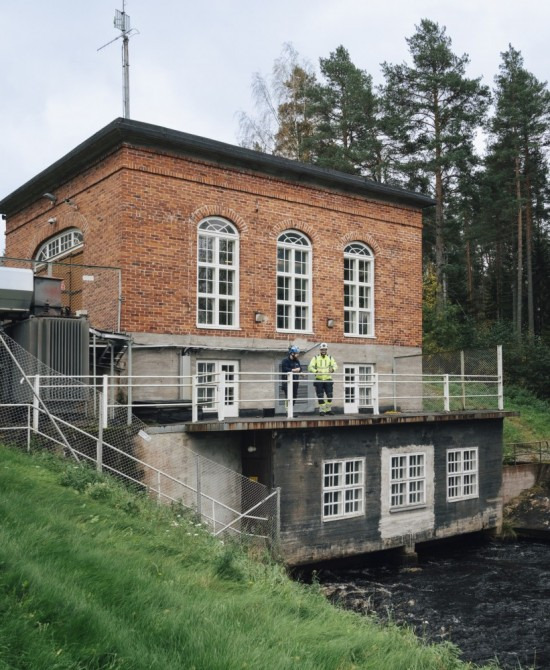
More information about our electricity production methods
Herrfors’ main electricity production methods are hydropower, wind power, thermal power, and nuclear power. Read more about other electricity production methods in the articles below.